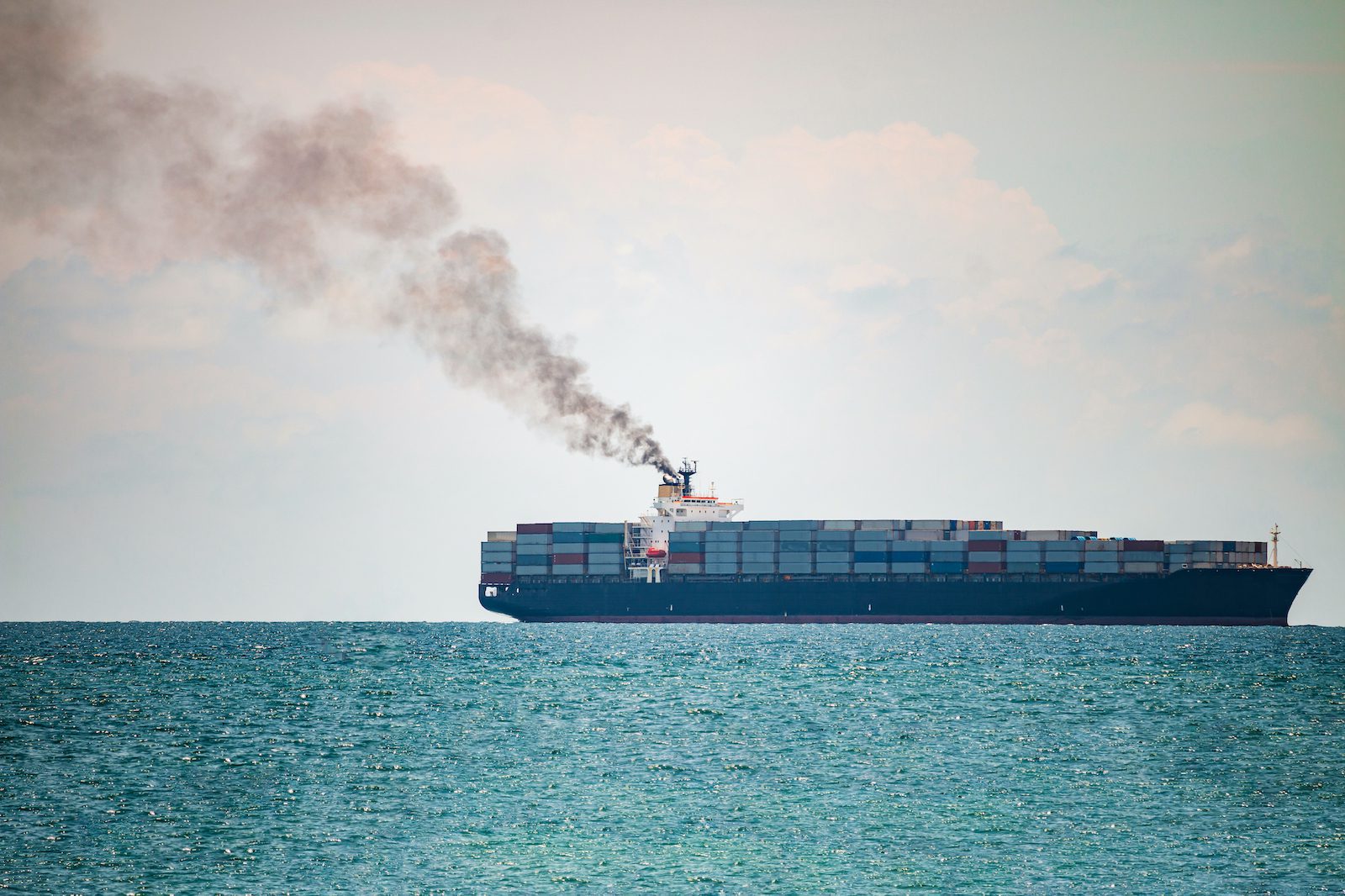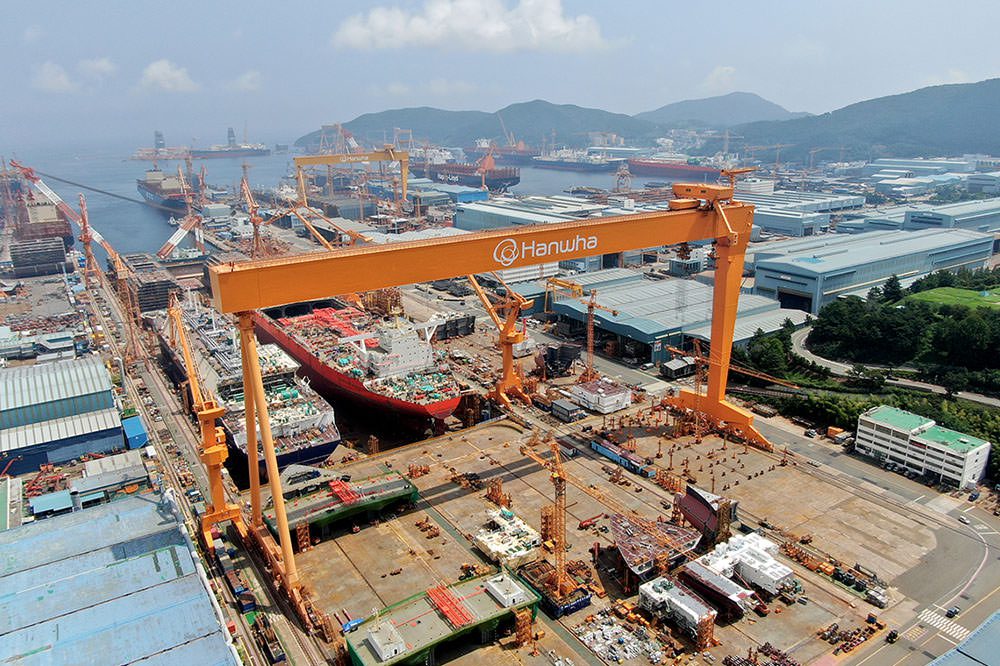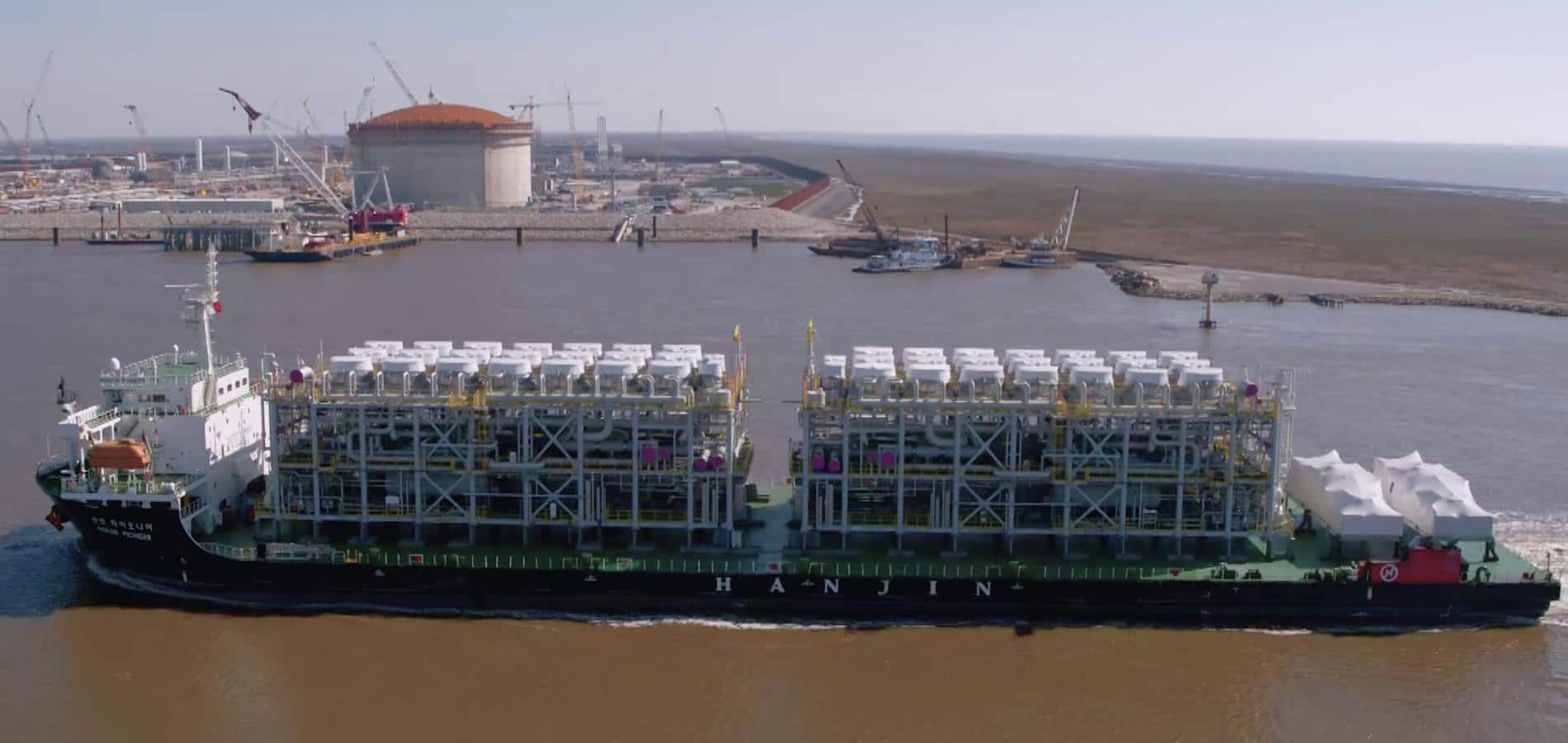By Charlie Bartlett (The Loadstar) –
The Saudi Arabian hub port of Jeddah is reporting a two-thirds drop in calls from the top ten carriers, as re-routing vessels on Asia-European routes add 5,800 nautical miles to the journey of each container, pushing up CO2 emissions.
Calls at Jeddah by the top carriers were down 67%, with the port now handling shuttle services plying the Suez Canal that need not venture far into the Red Sea, or through the Bab-el-Mandeb strait.
Vessel sizes now average 5,600 teu, versus the pre-Red Sea crisis average of 8,625 teu, according to Alphaliner data.
The case of MSC is particularly stark, its vessel calls at Jeddah dropping from 230 in Q1 23 to around 60 in the first quarter of this year.
Hoping to make up for the service shortfall, MSC has added calls at Jeddah and King Abdullah on its Levante Express service, and the 9,200 teu MSC Maria Elena is scheduled for an inaugural call at King Abdullah port on Sunday.
Meanwhile, according to Xeneta’s CO2 per-tonne-km measure, the carbon emissions index (CEI), the Far East-Mediterranean trade, which in Q3 23 was one of the best performers in terms of emissions, became the worst in the first quarter of this year, with a CEI score of 140.8 – an increase of over 60%.
The CEI index for Far East-Northern Europe trades also increased in the first quarter, to 111, a 20% jump year on year. However, Xeneta analyst Emily Stausbøll noted that the increased distance on this trade was partially mitigated by an improved vessel filling factor, up 6.1%.
Although overcapacity was one of container shipping’s biggest concerns last autumn, Xeneta’s data appears to demonstrate that Red Sea diversions have completely taken up this slack.
The global average speed of 12,000-17,000 teu ships rose to 15.4 knots in January, and has stayed above 15 knots since. But not only are vessels sailing faster; but older, smaller and less fuel-efficient vessels are being redeployed.
“Even if we see an improvement in Q2 from Q1, if ships are continuing to sail longer distances around the Cape of Good Hope, then it is almost inevitable that the CEI performance will be worse when compared with 2023 levels,” wrote Ms Stausbøll.
“Regardless, the deterioration in the CEI in Q1 24 demonstrates the severe and immediate impact conflict has on supply chain carbon emissions,” she added.
Meanwhile, the propensity for some shippers to switch to air cargo or sea-air routings through Dubai or Colombo have raised emission levels further.
The Loadstar is known at the highest levels of logistics and supply chain management as one of the best sources of influential analysis and commentary.

 Join The Club
Join The Club











